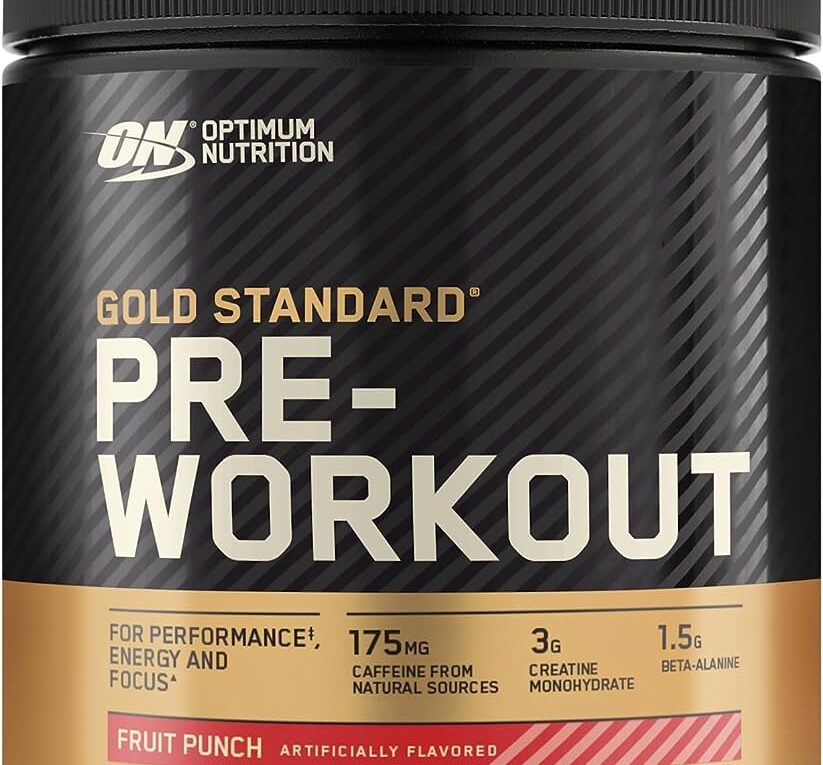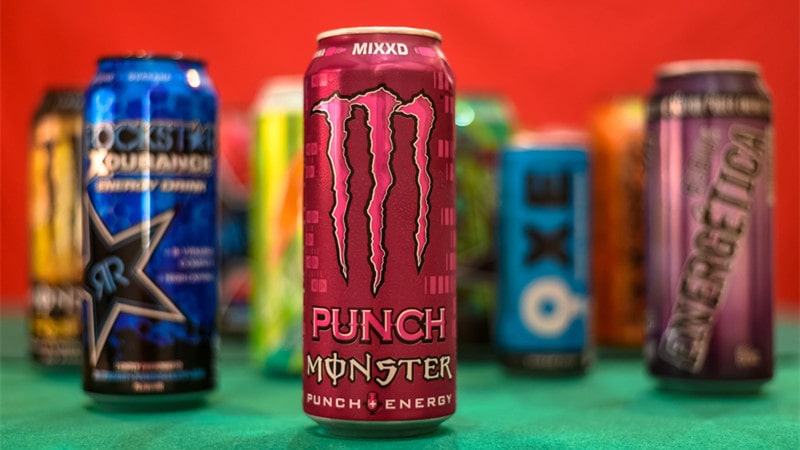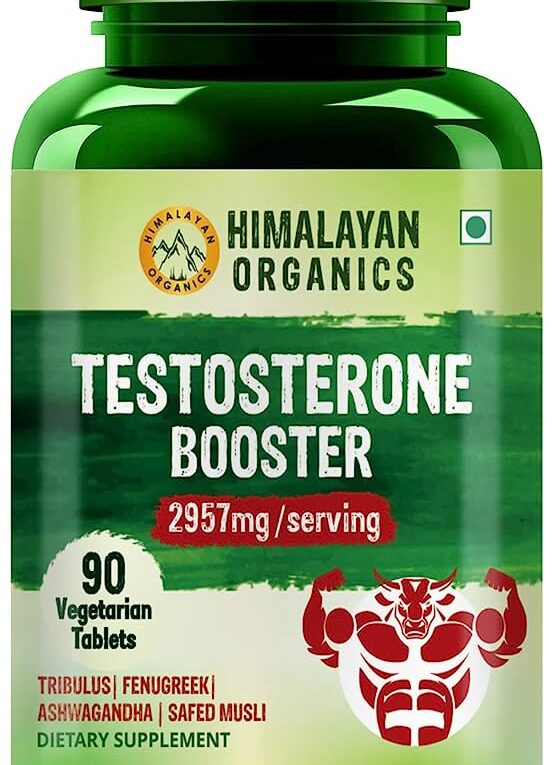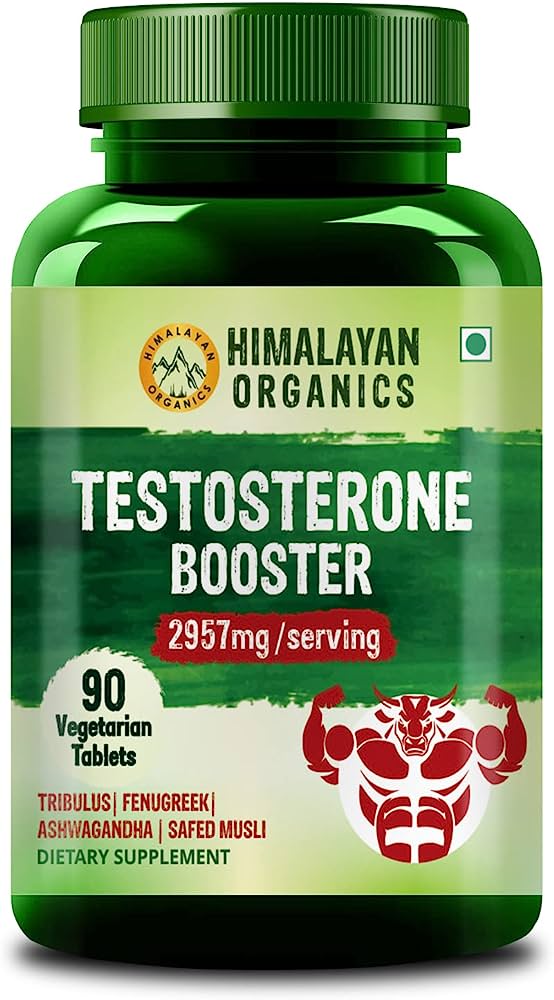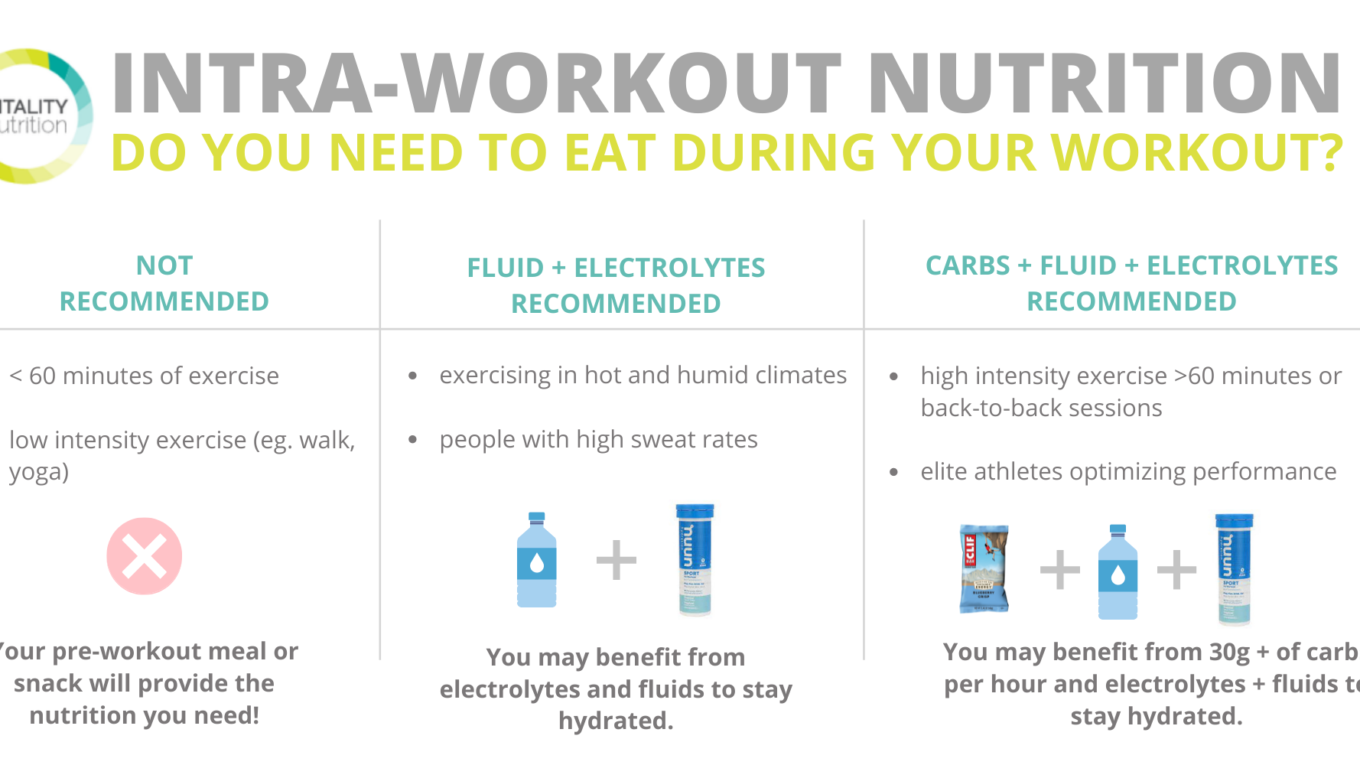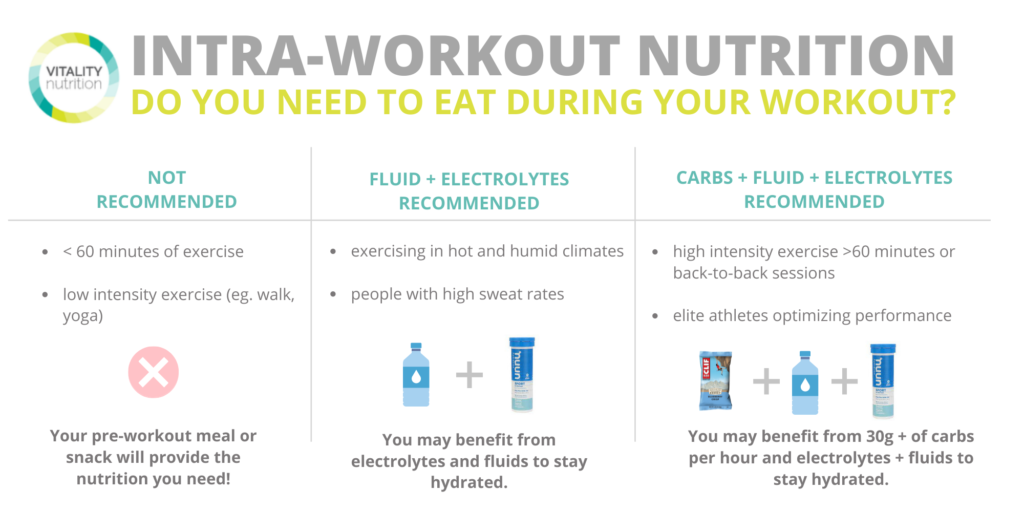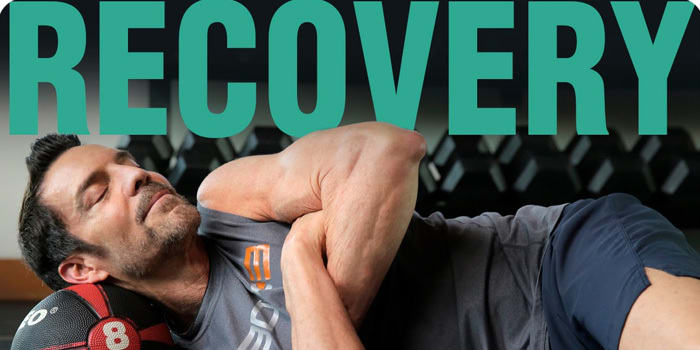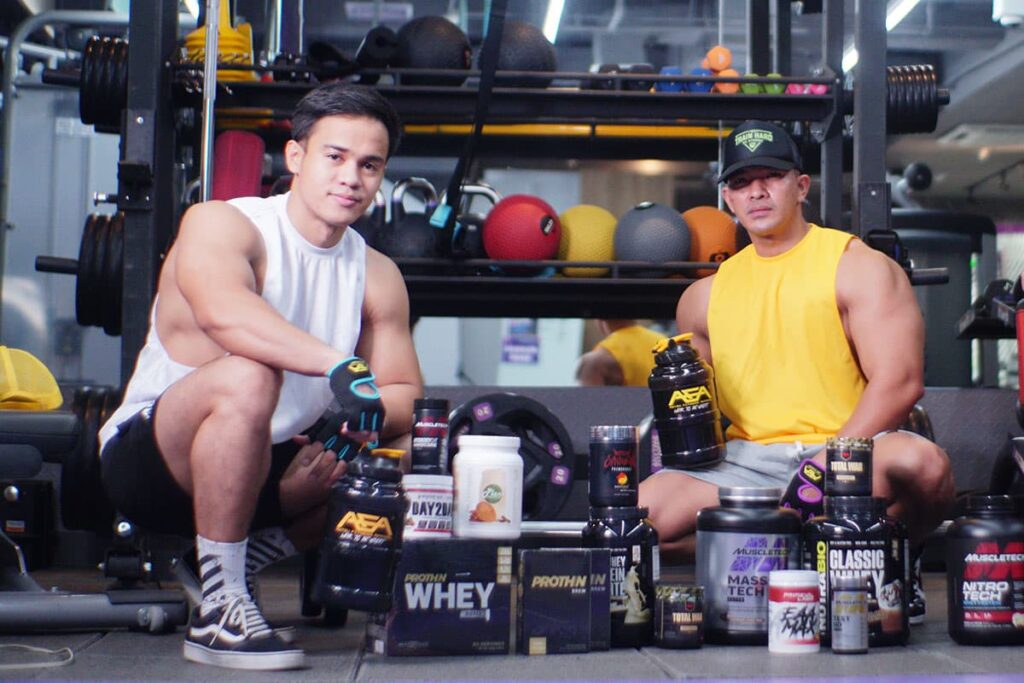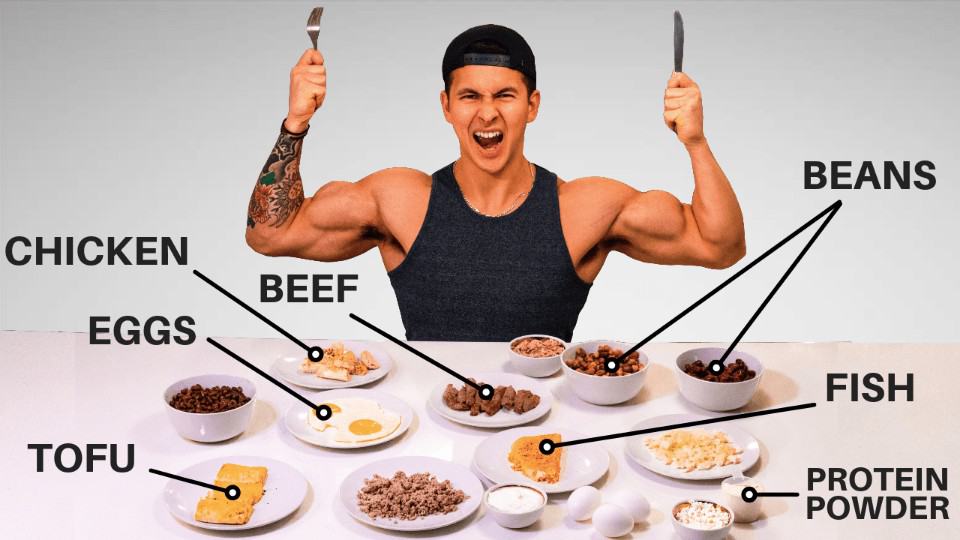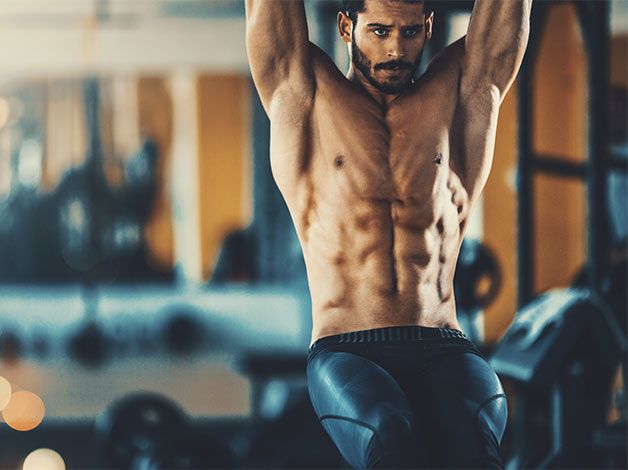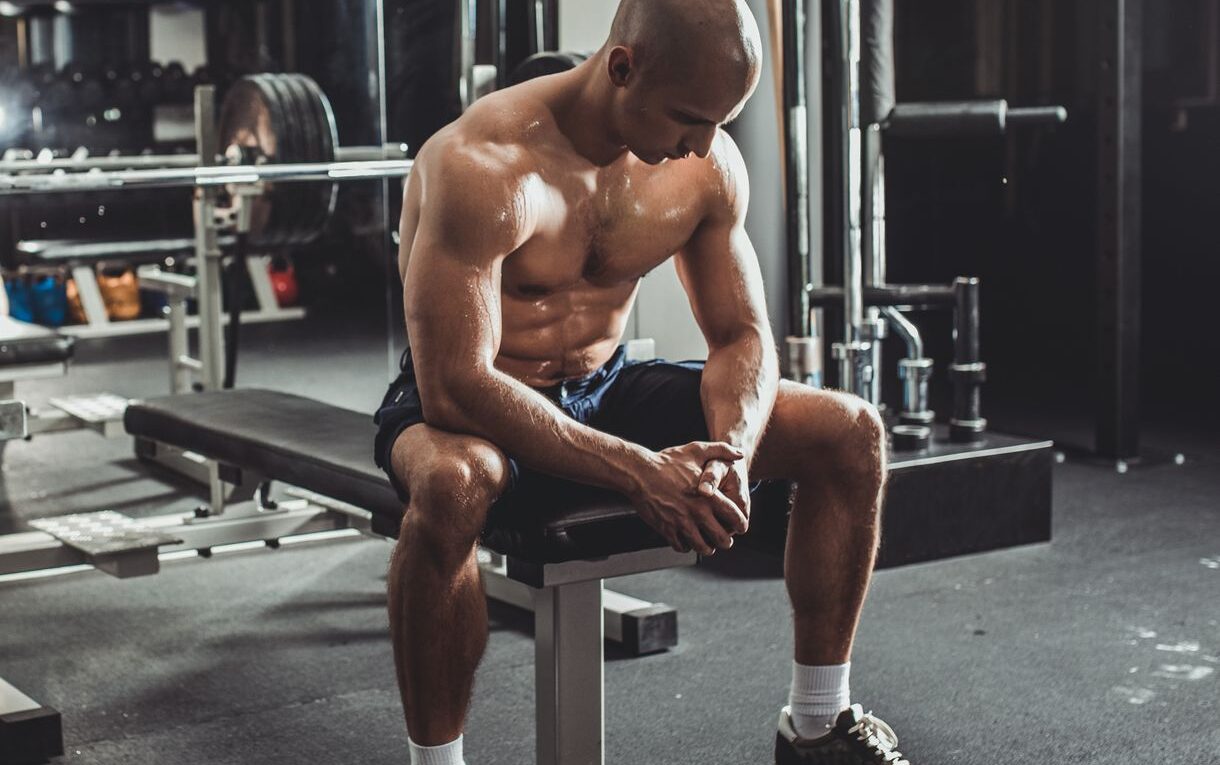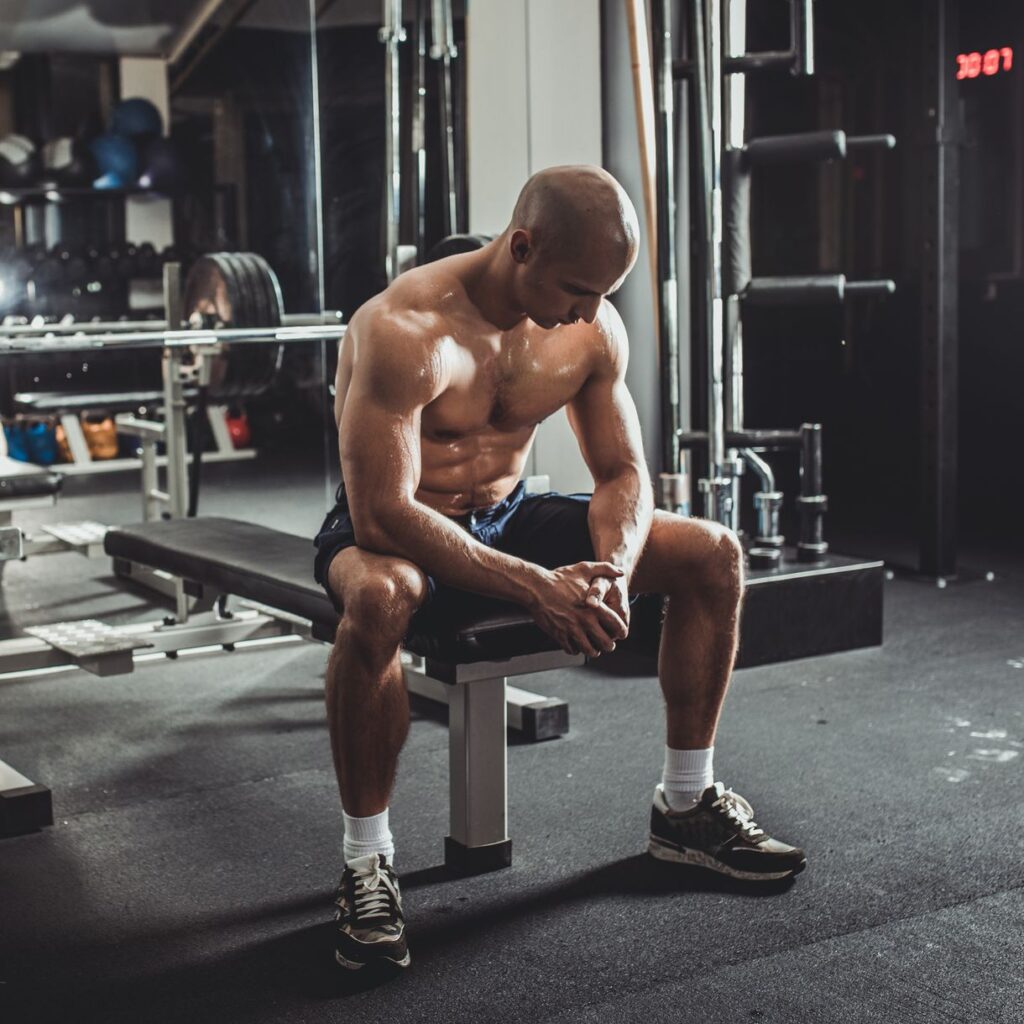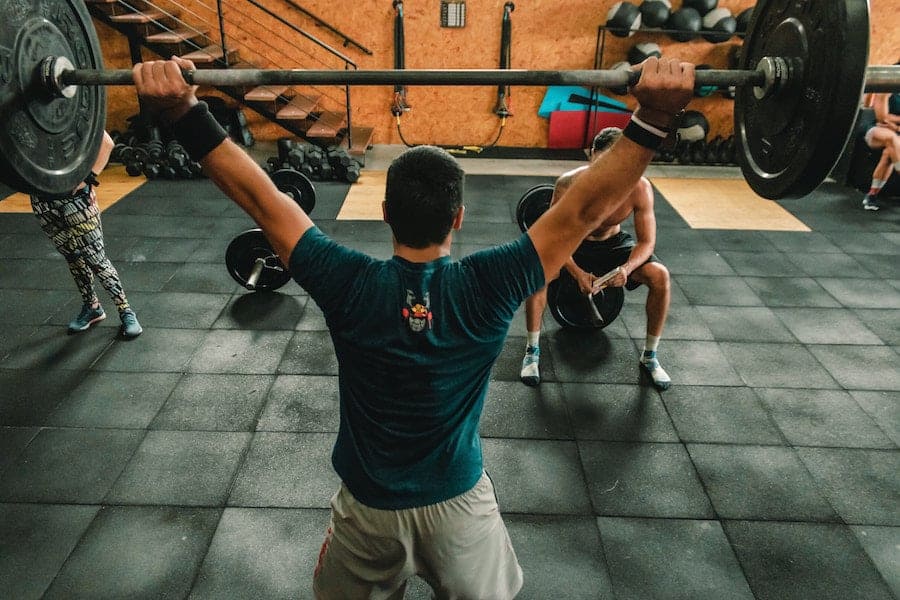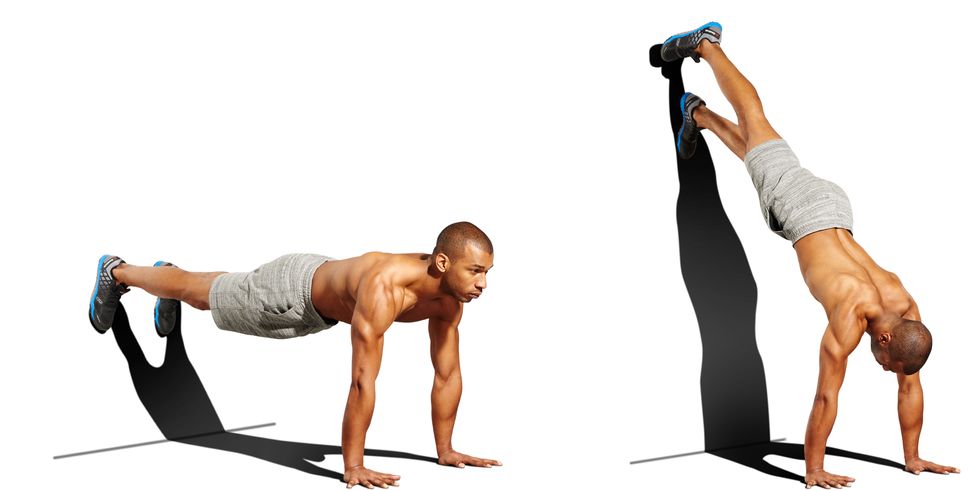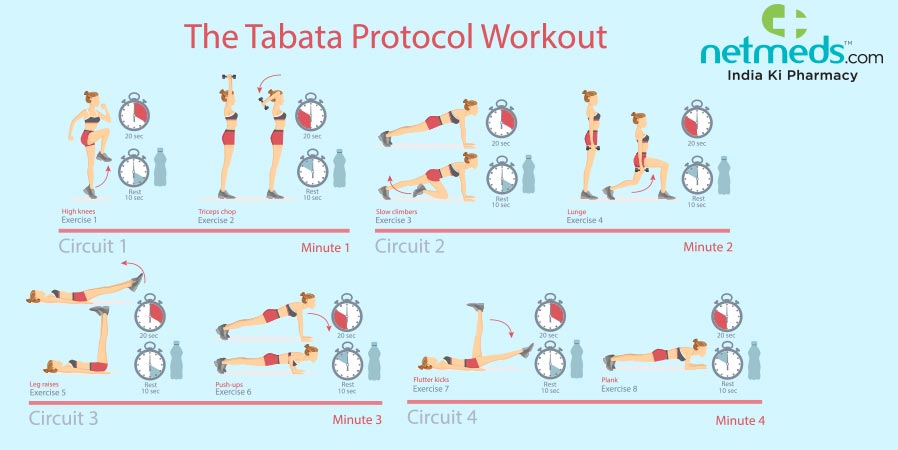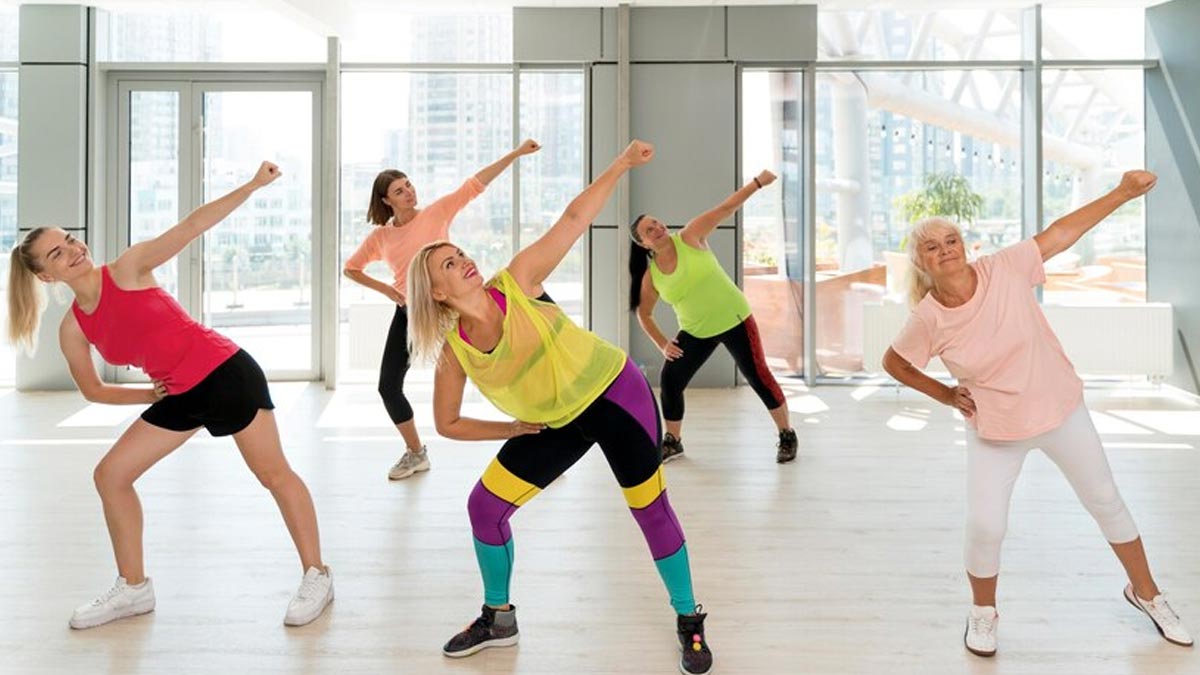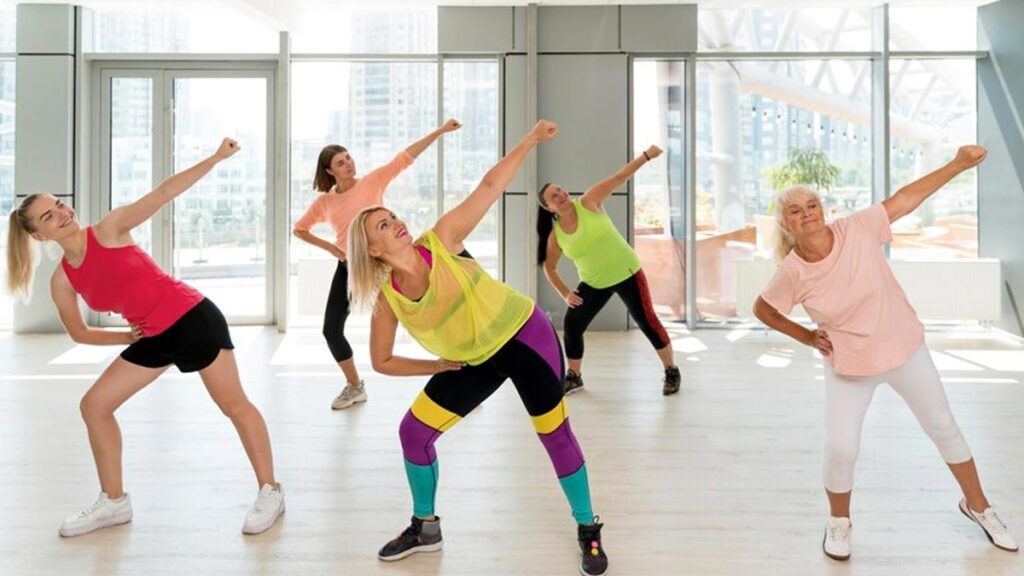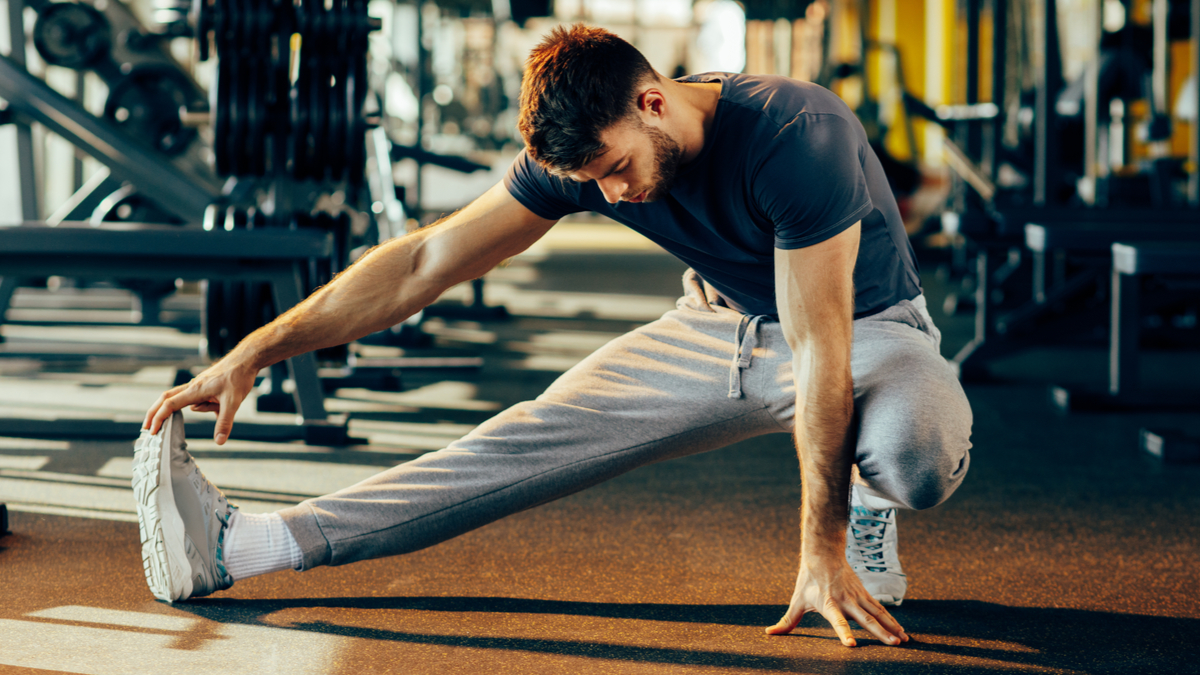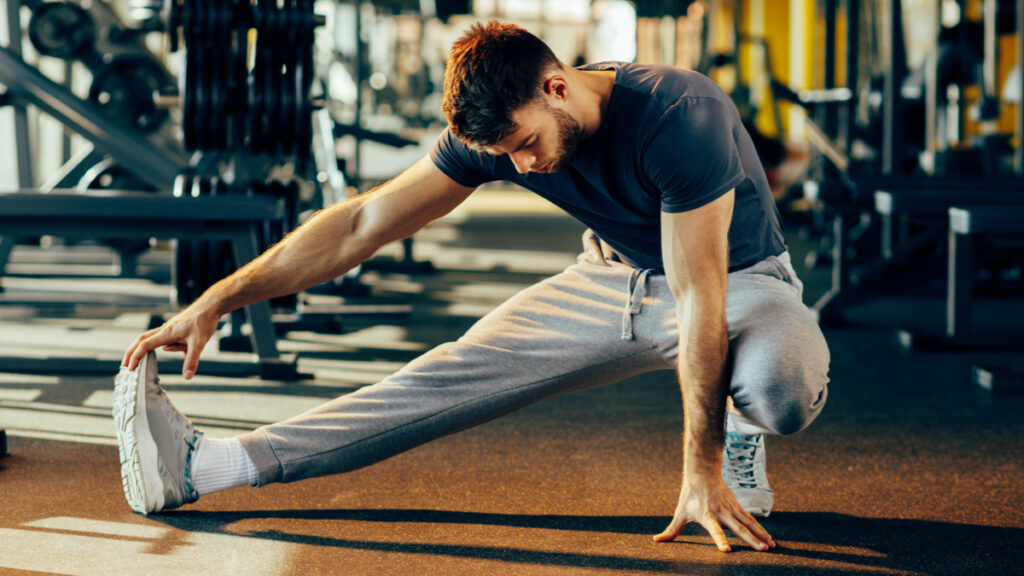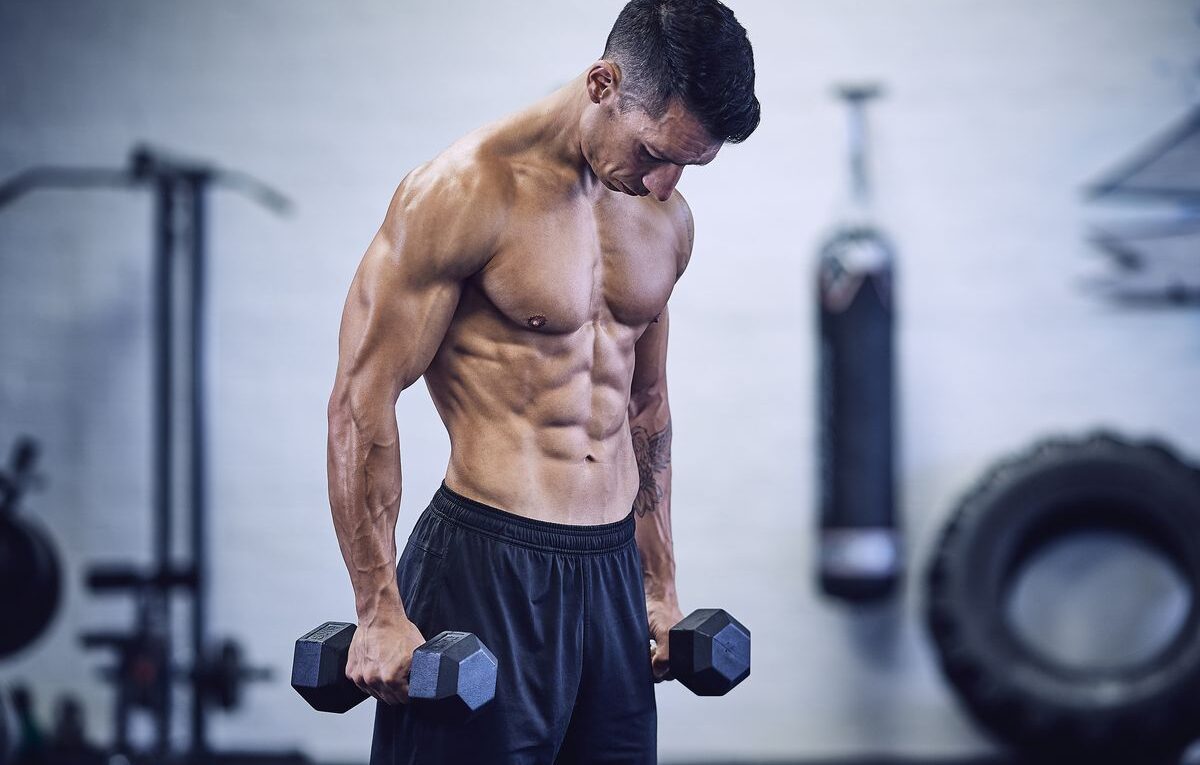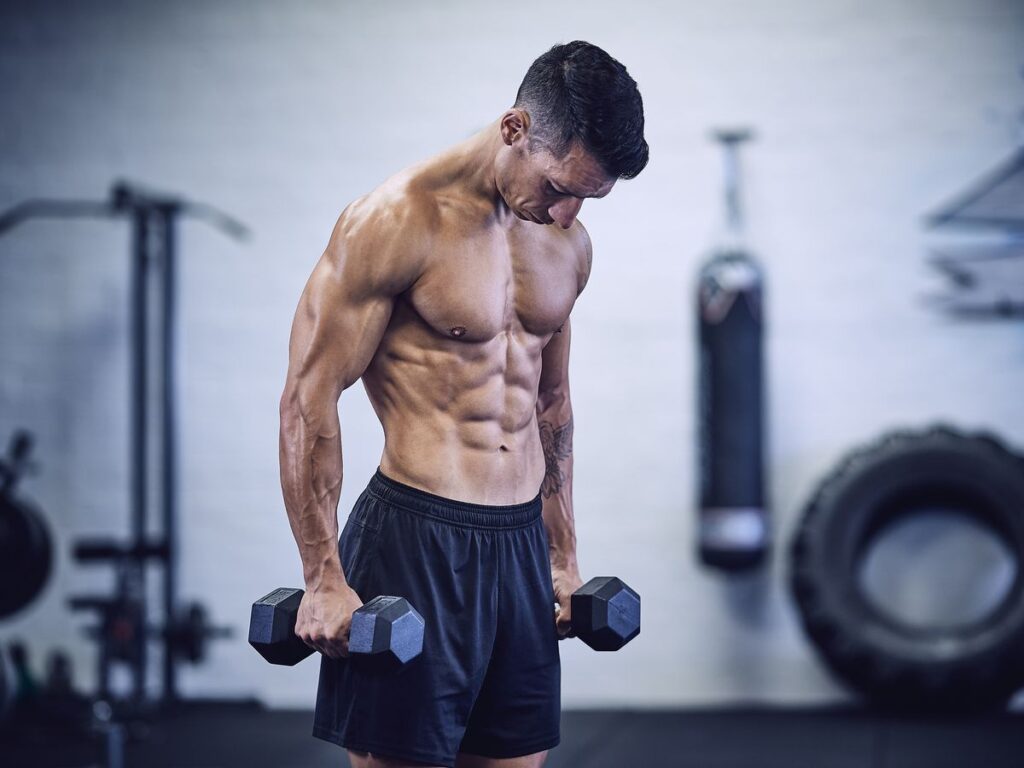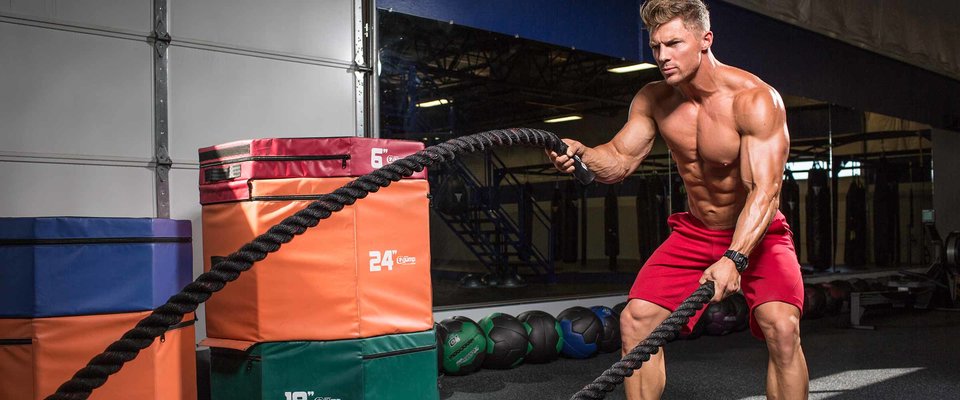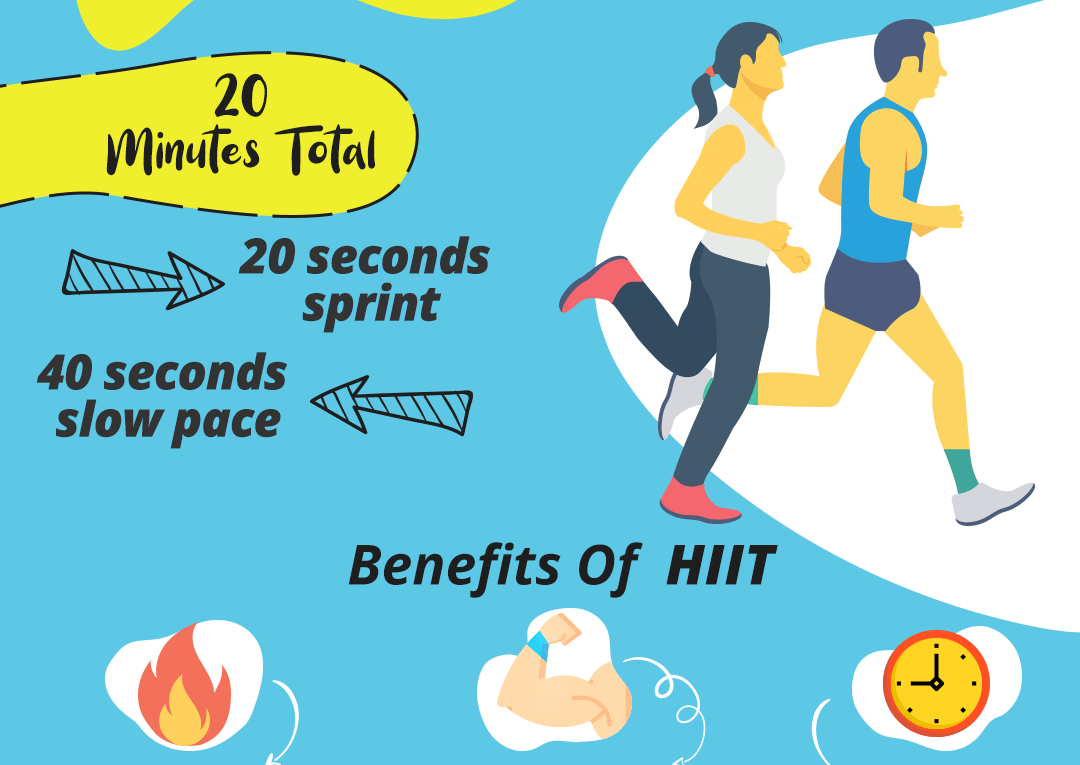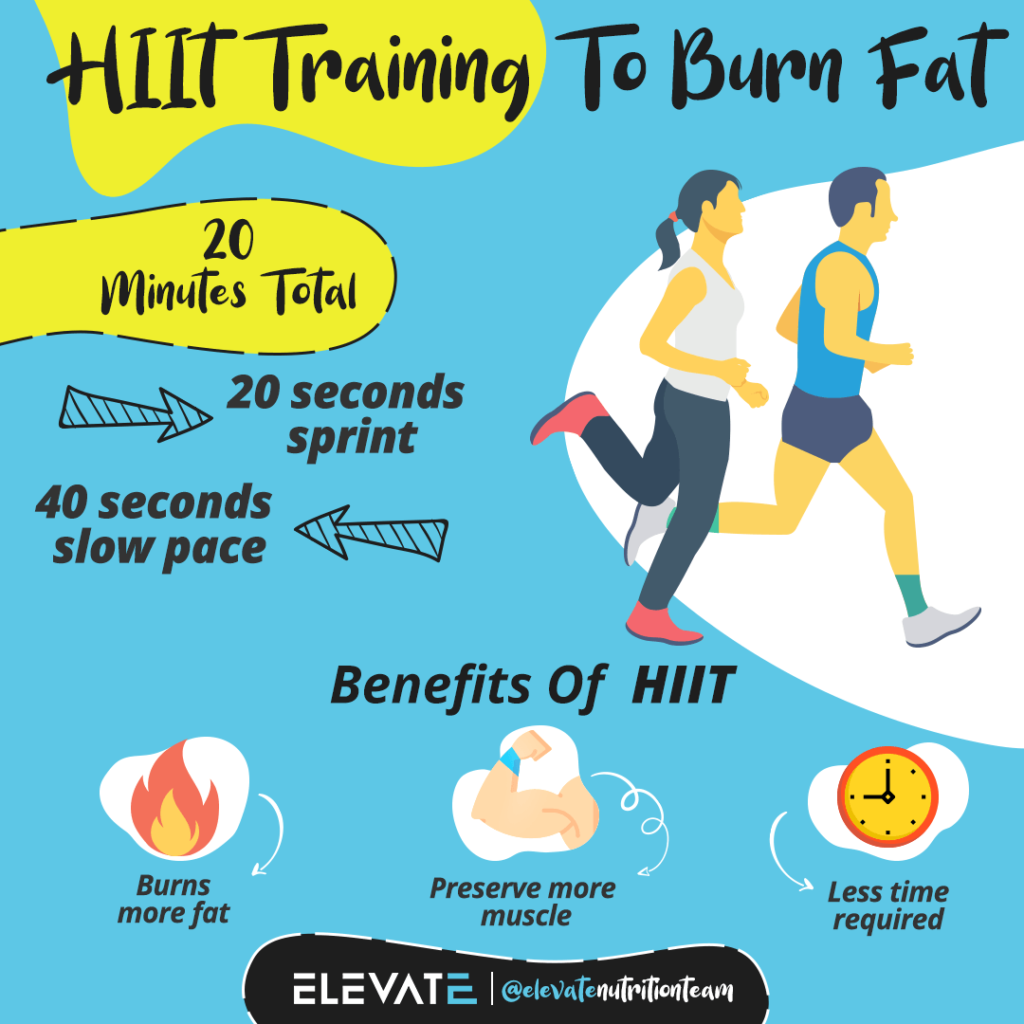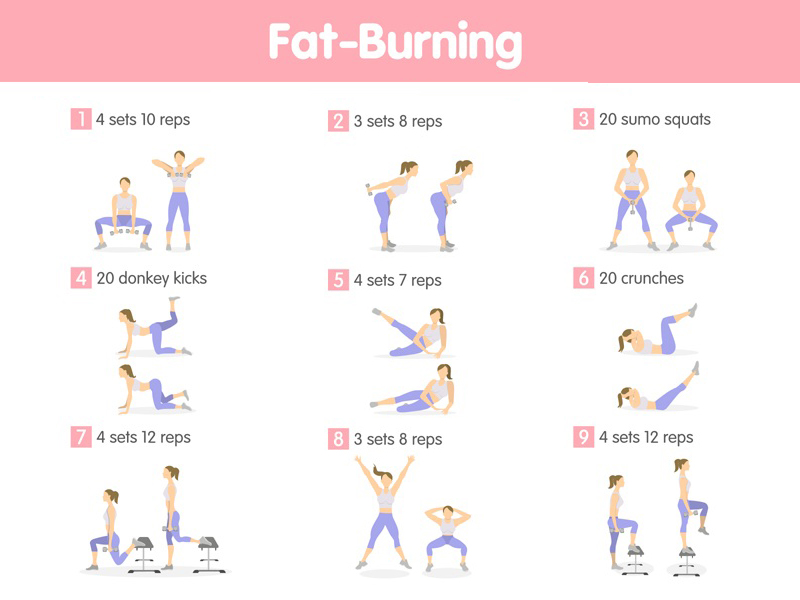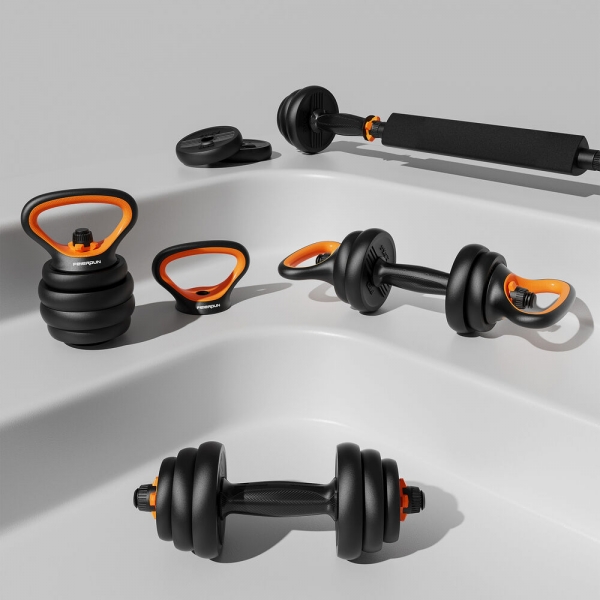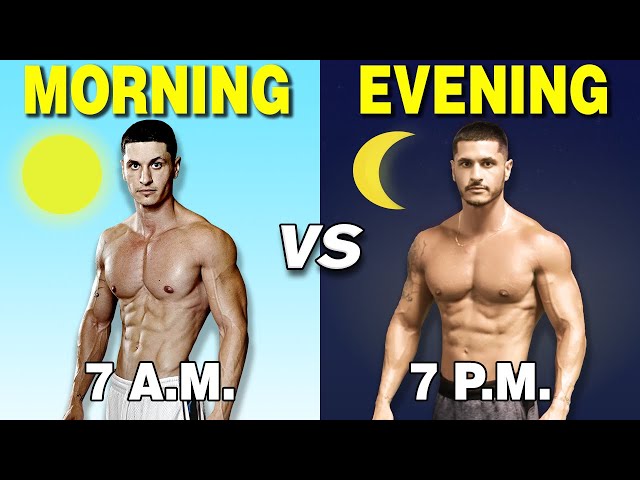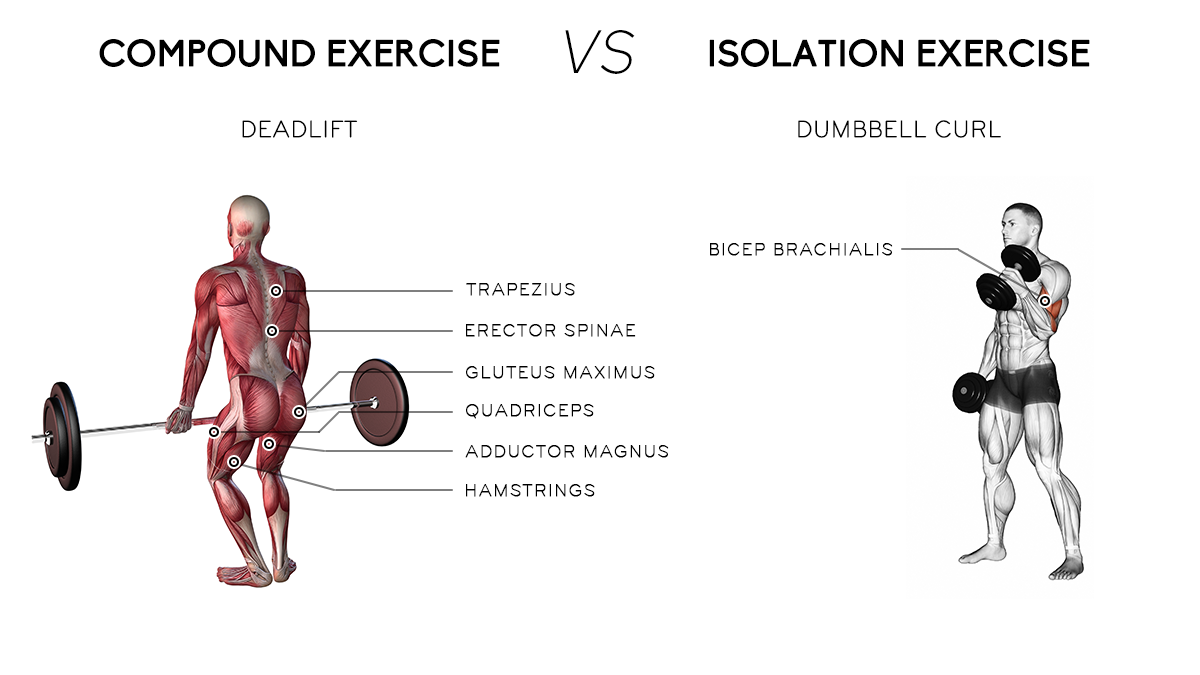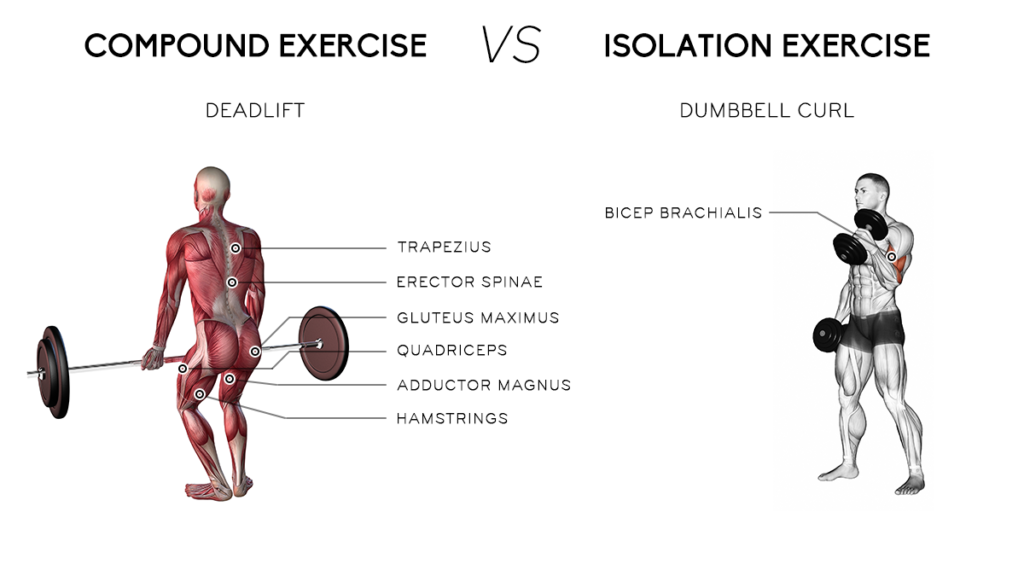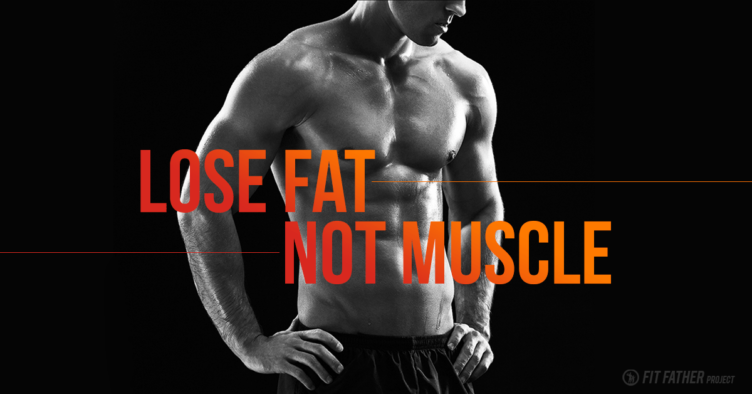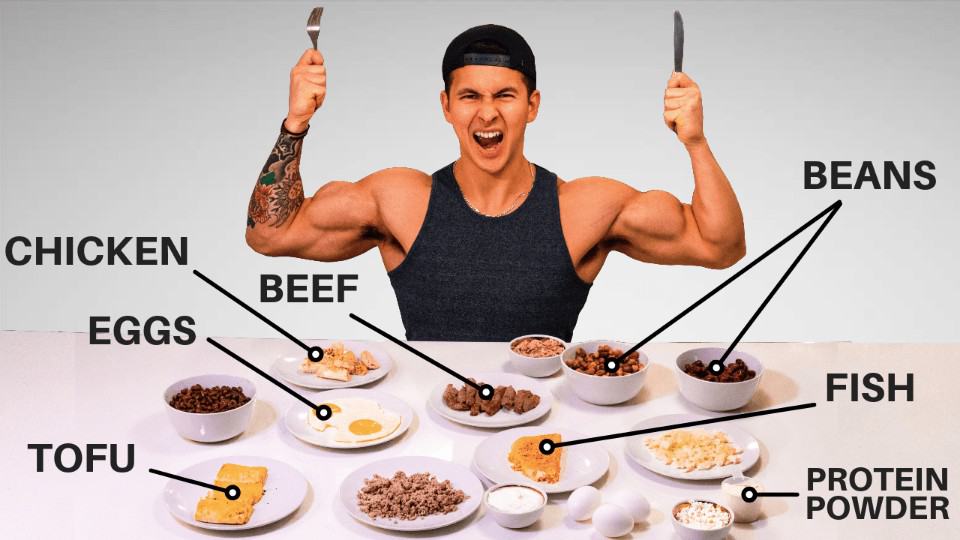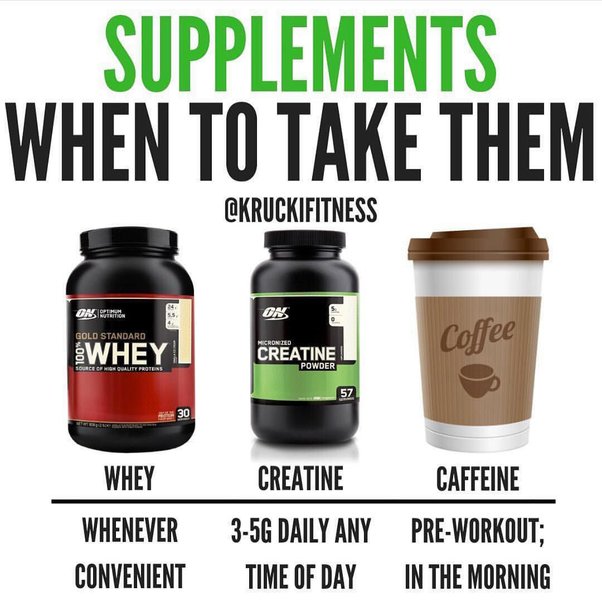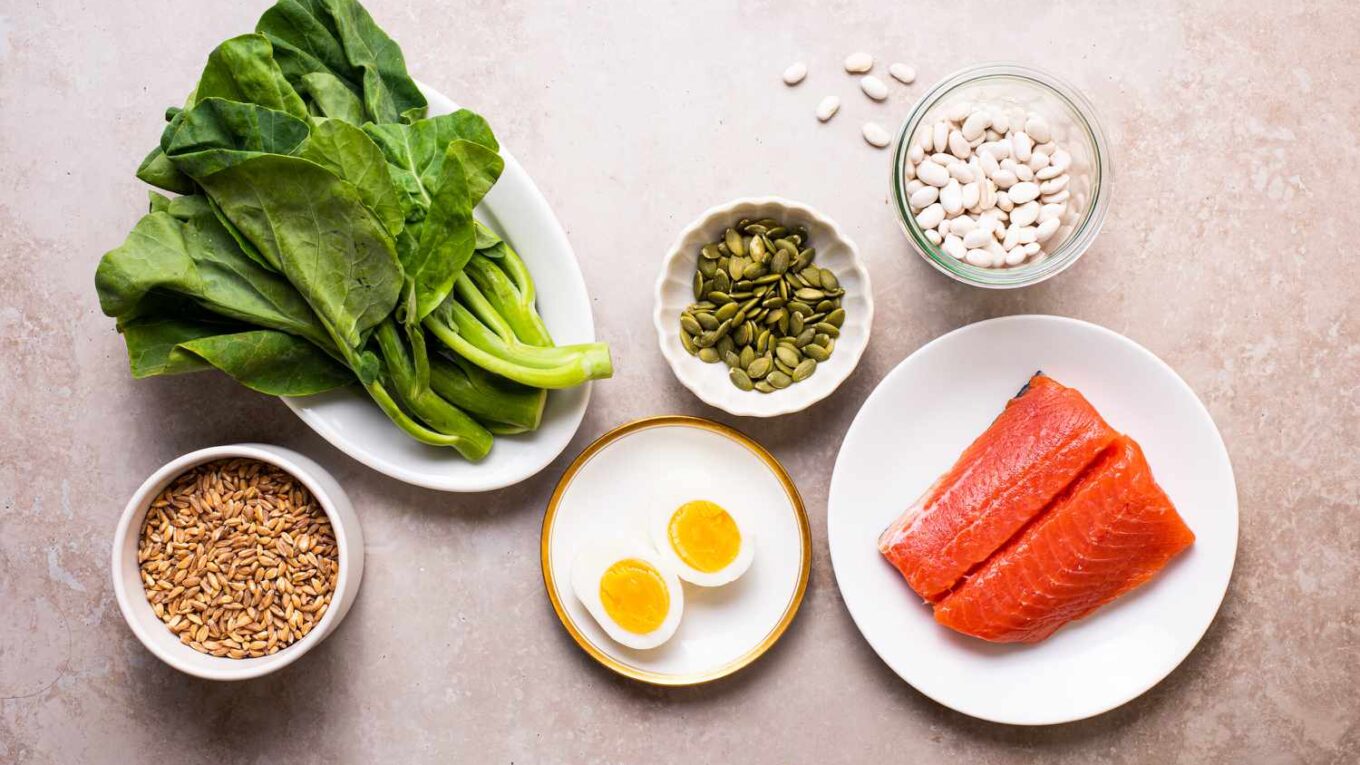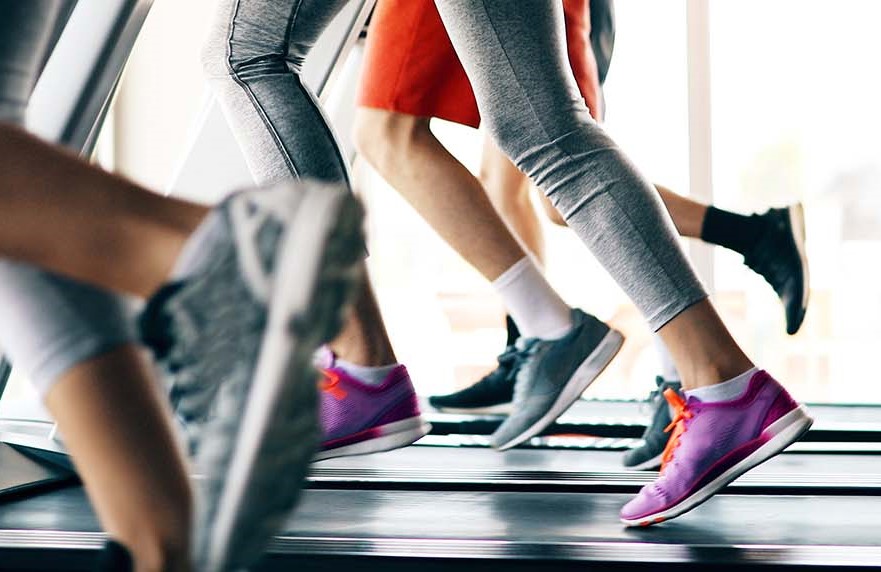Pre-Workout Supplements: Boosting Performance and Focus
Pre-Workout Supplements: Boosting Performance and Focus – In the realm of fitness and exercise, the moments leading up to a workout are crucial for setting the tone of your training session. Pre-workout supplements have gained popularity as a means to enhance energy, focus, and overall performance during exercise.
In this article, we delve into the world of pre-workout supplements, exploring their purpose, benefits, potential effects, and considerations for different age groups. slot gacor
What Exactly Does Pre-Workout Do?
Pre-workout supplements are formulated to provide a boost of energy, mental alertness, and focus before embarking on a workout. They typically contain a combination of ingredients designed to increase blood flow, stimulate the central nervous system, and enhance endurance. Common components include caffeine, amino acids, vitamins, and minerals that work synergistically to optimize physical and mental readiness for exercise.
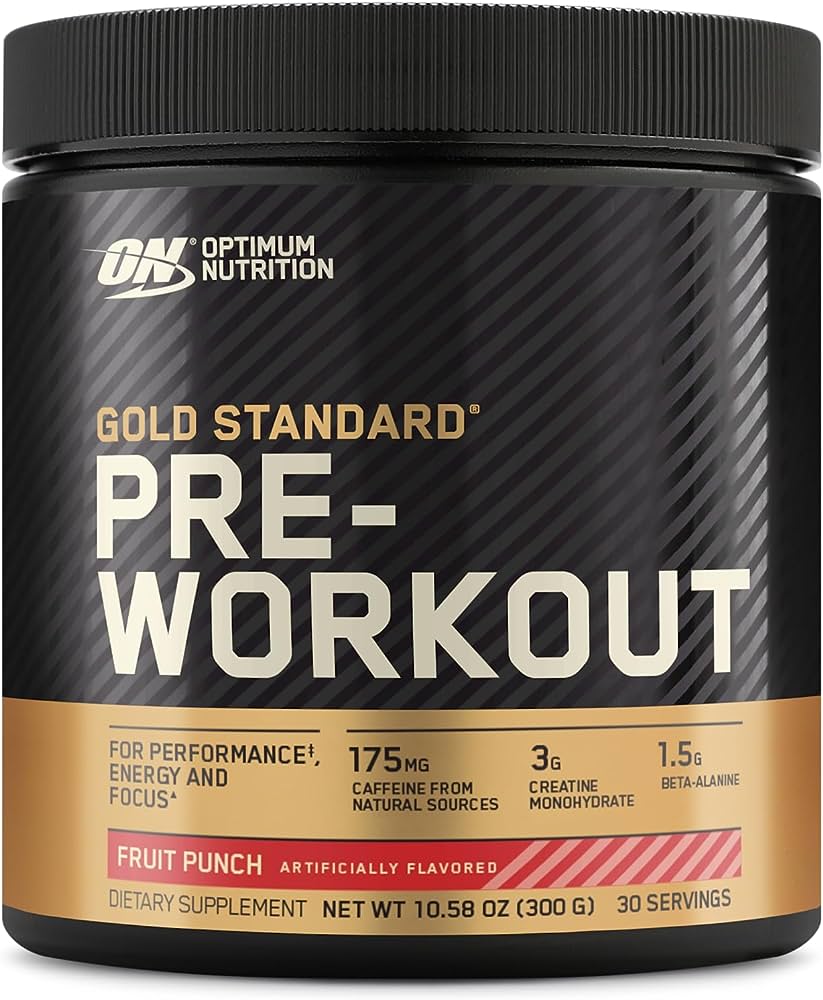
Is It Good or Bad to Take Pre-Workout?
The decision to take pre-workout supplements depends on various factors, including your fitness goals, health status, and individual response to the ingredients. When used responsibly and in moderation, pre-workout supplements can provide benefits such as increased energy, improved focus, and enhanced workout performance.
However, it’s important to choose reputable products with transparent ingredient lists and to avoid excessive consumption. Overuse or reliance on pre-workout supplements can potentially lead to negative side effects, such as jitters, crashes, or disrupted sleep patterns.
What Happens After Taking Pre-Workout?
After consuming a pre-workout supplement, you may experience a surge in energy and mental alertness within 15 to 45 minutes, depending on the ingredients and your body’s response. The caffeine content in pre-workout supplements can increase heart rate and blood flow, leading to improved oxygen delivery to muscles and enhanced endurance. Additionally, certain amino acids and compounds like beta-alanine might contribute to reduced muscle fatigue and improved workout performance.
Is It OK to Take Pre-Workout at 16?
The use of pre-workout supplements among adolescents, especially those as young as 16, raises concerns due to their developing bodies and potential sensitivity to certain ingredients. While some pre-workout supplements are marketed towards teenagers, it’s advisable for individuals at this age to prioritize a balanced diet, proper hydration, and adequate sleep as the foundation for workout performance. Consultation with a healthcare professional is recommended before introducing supplements into a teenager’s routine to ensure they align with their nutritional needs and health status.
Incorporating Pre-Workout Supplements Safely: Tips for Success
- Read Labels Carefully: Look for pre-workout supplements with transparent ingredient lists and avoid products with excessive caffeine or proprietary blends.
- Start with a Low Dosage: If you’re new to pre-workout supplements, begin with a lower dosage to gauge your body’s response and tolerance.
- Stay Hydrated: Pre-workout supplements can lead to increased fluid loss through sweating. Hydrate adequately before, during, and after your workout.
- Consider Timing: Consume pre-workout supplements around 30 to 45 minutes before your workout for optimal effects.
Conclusion
Pre-workout supplements have the potential to enhance energy, focus, and workout performance when used responsibly. These supplements can provide an extra edge to your training routine, but they should complement a balanced diet, proper hydration, and regular exercise.
It’s crucial to make informed choices, choose products with transparent ingredient profiles, and avoid overconsumption. Consultation with a healthcare professional is particularly important for individuals under the age of 18 to ensure safe and appropriate supplement use. Remember that optimal fitness progress is achieved through a holistic approach that prioritizes overall health and well-being.…
Continue reading